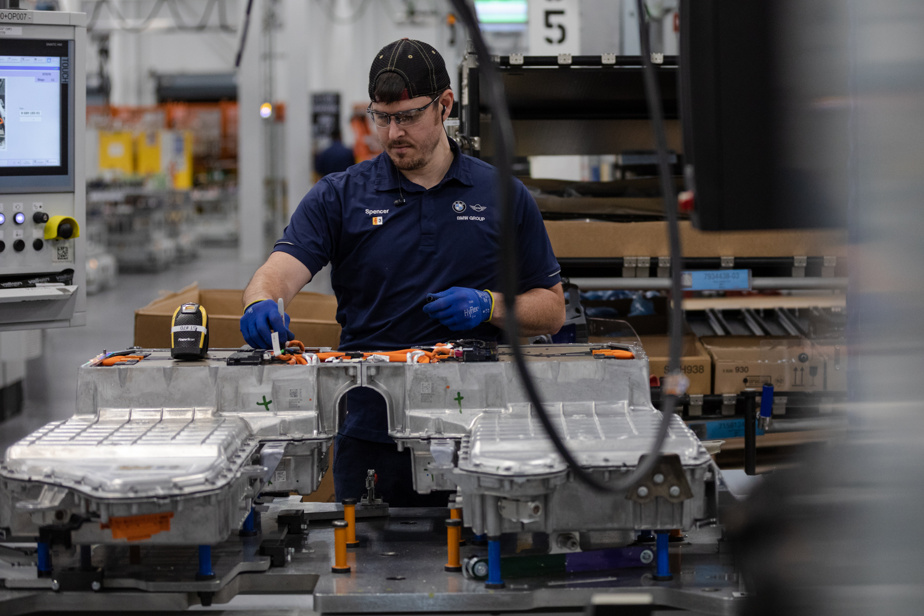(Washington) Manufacturing activity in the United States contracted again in February, more than in January but also more than expected, under the effect of demand which continues to slow, according to data published Friday by the professional federation ISM.
The index measuring this activity stood at 47.8% during the second month of the year, compared to 49.1% in January, a figure unchanged from the initial announcement.
It thus moves away again from the 50% mark, beyond which activity is growing, and continues a sixteenth month of decline, therefore less than 50%.
The index also overturned analysts’ expectations, who were instead counting on a figure of 49.5%, up compared to the previous month, according to the consensus published by briefing.com.
“The American manufacturing sector continues to contract, between falling demand and slowing production,” underlined the head of the survey for ISM, Timothy Flores, quoted in the press release.
But “demand is in the very early stages of a recovery and production execution is relatively stable, while surveyed companies are preparing for an increase,” he added.
A sign of the trend reversal that seems to be emerging, three of the six main sectors of activity were growing in December, two of which are considered “fundamental” industries, insofar as they supply products and components to other industries.
“The outlook appears uncertain but industrial activity could find support as credit conditions ease and borrowing costs fall. Furthermore, the relocation of supply and investment networks should have a positive impact,” said HFE chief economist Rubeela Farooqi in a note.
The manufacturing industry has been suffering for more than a year from rate increases decided by the American central bank (Fed) to bring down high inflation.
By making credit more expensive, in fact, this reduces demand. Especially since consumers were also constrained in their purchasing power by high prices.
But inflation is gradually returning to its target level, which should lead the Fed to lower its rates in the coming months.
